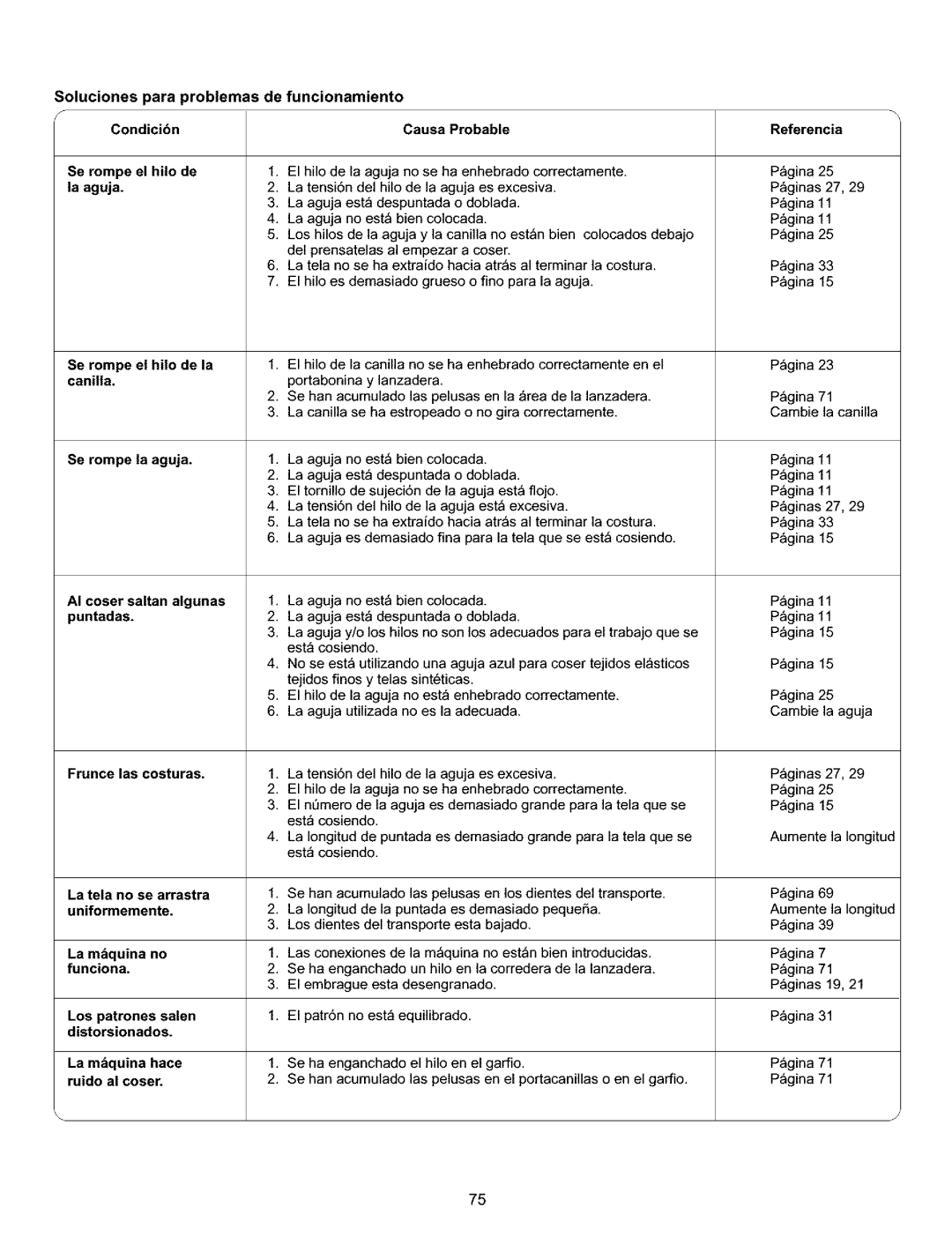385.15516 specifications
The Kenmore 385.15516 is a versatile and robust sewing machine that has earned a reputation for reliability and user-friendly features. Renowned for its performance, this machine caters to both beginners and experienced sewists alike, making it a popular choice for home sewing projects.One of the standout features of the Kenmore 385.15516 is its 25 built-in stitch patterns. These stitches include a variety of utility stitches, decorative designs, and buttonhole options, allowing users to tackle various sewing projects with ease. The stitch selector is conveniently located, making it simple to switch between stitch styles with just a turn of a dial.
The machine is designed with a top-loading bobbin system, simplifying the process of setting up and monitoring thread levels. This feature minimizes the hassle often associated with bobbin insertion and threading, ensuring that users can focus on their creative tasks. The clear bobbin cover also provides visibility, allowing sewists to quickly check on their bobbin status without interrupting their workflow.
Another key feature is the adjustable stitch width and length, giving users greater control over their sewing. This customization enables sewists to create professional-looking seams and finishes tailored to their specific project requirements. The machine's maximum stitch width of 5mm and maximum stitch length of 4mm contribute to its versatility in handling various fabrics, from lightweight materials to heavier textiles.
Additionally, the Kenmore 385.15516 comes equipped with a free arm, making it easier to sew cylindrical items like sleeves and hems. This functionality adds to its appeal, especially when working on intricate designs or repairs. The machine also incorporates a built-in needle threader, which expedites the process of threading the needle, alleviating a common frustration among sewists.
In terms of technology and build, the Kenmore 385.15516 showcases a sturdy construction that ensures durability and stability. It is compact enough for easy storage but weighs enough to remain steady during use, reducing vibrations and enhancing sewing precision. Furthermore, the control interface is intuitive, allowing users to seamlessly navigate between functions and settings.
In summary, the Kenmore 385.15516 is a well-rounded sewing machine that offers a blend of functionality and convenience. With its range of built-in stitches, adjustable parameters, and user-friendly features, it stands as an excellent choice for anyone looking to enhance their sewing experience, whether for practical repairs, creative projects, or exploring the world of crafting.

